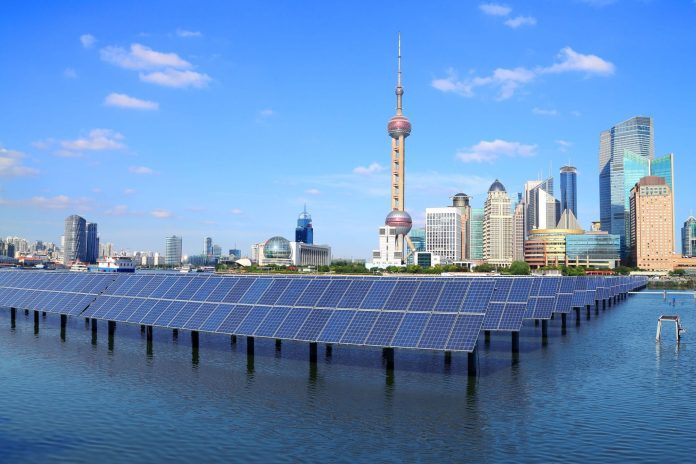Energy management use cases
Our current energy management systems are inadequate. Atmospheric concentrations of greenhouse gases are estimated to reach almost 685 parts per million (ppm) by 2050, well above the concentration level of 450 ppm required to have at least a 50% chance of stabilizing the climate at a 2 degrees Celsius global average temperature increase, the goal set at the 2010 United Nations Framework Convention on Climate Change in Cancún, Mexico. The widespread deployment of industrial internet of things technologies will have a hand in helping reducing our current energy usage, and get us closer to more sustainable levels.
Reducing building management system costs
The average cost to deploy a basic building management system (BMS) is at least $2.50 per square foot and can be as high as $7.00 per square foot, equivalent to at least $250,000 for a 100,000-square-foot building. The very high cost of traditional BMS means ROI is a challenge for all but the largest buildings; often it takes at least four years to recover the cost of a BMS installation. Low ROI limits the willingness of owners to invest in BMS deployments in more than 90% of buildings. Where BMS is deployed, it is usually only to control the HVAC system in high-traffic areas in the very largest buildings, well over 100,000-square-feet. And these buildings make up only 10% of the U.S. commercial real estate stock. Even in these buildings, BMS usually isn’t applied to low-traffic areas such as warehouses, stockrooms or garages, or to distributed equipment such as pumps, generators or parking lot lights on campuses and industrial sites, according to an Intel report titled Affordable building automation system enabled by the internet of things.

Now, thanks to the industrial internet of things, those capex costs are significantly decreased, and continue to become more affordable. The industrial internet of things, with its low-powered networks and inexpensive sensors, is helping to keep smart building costs down. According to Buildings, adding IIoT-based controls and monitoring to a building can cost from just $5,000 to $50,000. Intel says an IoT-based approach using wireless sensors can reduce deployment cost by around 30% when compared to a traditional BMS.
Building management systems are proven solutions to reducing energy usage, operational costs and minimizing a building’s environmental footprint.
Big data
Big data goes hand and hand with IIoT, and is present in just about every energy-related implementation. It’s the information that is processed, calculated and acted upon in the cloud. When it comes to energy savings, that data includes specifics on when and how much energy is used in every building. Knowing this information allows energy utilities to make their systems more efficient by routing energy appropriately.
Predictive equipment analytics
Another benefit of big data is its ability to help systems predict equipment failures and malfunctions, as well as optimal and minimal times of energy use so energy can be correctly distributed. Energy management in the smart grid gives grid operators the ability to see and manage electricity usage. Engineers will be able to more precisely and predictably manage energy production so additional, costly power plants don’t need to be put to use.
The smart grid
Energy demands used to be small when our aging infrastructure was put into place. Grids worked using a one way interaction, and had difficultly responding to energy demands. The smart grid introduces two-way communication where electricity and information can be exchanged between the utility and its customers. New tools and technologies can start working together to make grid more efficient, reliable, secure and environmentally friendly. This communication between sources of power, power plants and homes allows renewable energy sources, with variable power production, to more efficiently be linked to a power source.

And smart metering applies to energy much like it does to water management, allowing customers and utilities the insight to optimize usage. This allows engineers the ability to defer electricity usage away from peak hours.
The smart home empowering consumers
Another important IoT trend, this one cuonsumer-facing, toward smarter energy consumption is the consumer applications available for tracking and managing energy usage. Products like the Nest thermostat link to an application that lets users adjust their energy usage remotely. So Nest owners can adjust their power usage remotely at any time, getting rid of unnecessary energy waste and cost for something as simple as leaving a light on before going on vacation. Other technologies like smart lamps and fans are also helping optimize energy usage within individual households, an initiative, that when put together, could result in significant energy savings.

